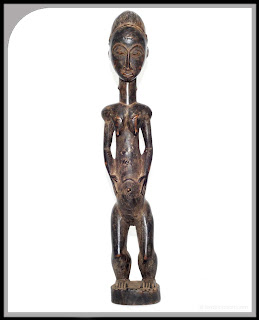HARGREAVES NTUKWANA (1938 - 1999)
Born at Crown Mines in Johannesburg on June 17, 1938and was schooled locally until he completed his secondary education and much to the disappointment of his father, Hargreaves decided to follow a career in fine art and music. He worked as a clerk to pay for his art and music tuition.
Hargreaves studied at the Pollo Street School of Art in Rhodesia, now Zimbabwe. From 1960 to 1962 his studies were under Cordelidos at the Artists' colony in Toledo, Spain. From 1971 to 1973 he received further private tuition from Professor Mel Edwards in New York. Hargreaves traveled extensively abroad and lived in the USA, Switzerland and the former West Germany during the seventies and eighties. Hargreaves was also a accomplishes sculptor and musician, playing double bass, saxophone and piano.
Hargreaves work is very popular in the United States where he developed a popularity after his first exhibition in Boston in 1974. He lectured in the United States and Switzerland on South African Art. Hargreaves headed a workshop at the University of Witwatersrand, Johannesburg in 1984.
"God gives you talent which you in turn make use of and then other people are there to appreciate your God given talent" - Hargreaves Ntukwana










































